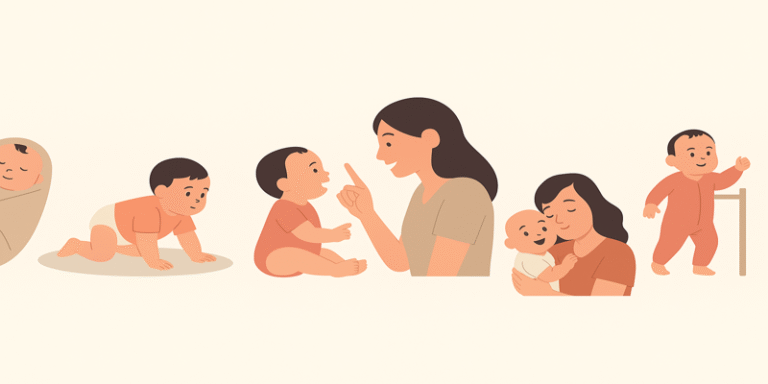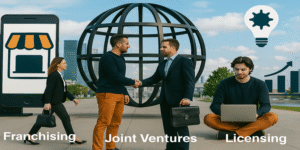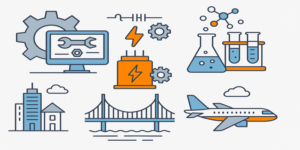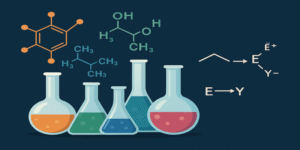The first year of life is a remarkable period of rapid development, encompassing critical achievements across physical, cognitive, language, social-emotional, and psychosocial domains. These milestones lay the groundwork for later growth and shape the infant’s emerging interaction with the world.
Physical Development
From birth to one year, infants achieve extraordinary physical milestones. Initially, newborns display jerky, uncoordinated movements, gradually gaining muscular control—such as bringing hands intentionally to the mouth by around one month (Carter et al., 2011). By two to three months, infants can lift their head and chest when prone, supported by their elbows, and begin to notice their hands (Mayo Clinic Staff, 2025).
Tummy time—placing a baby on their front during awake times—plays a vital role in building neck and trunk strength, facilitating rolling, sitting, crawling, and ultimately walking (Wikipedia, 2025a). Globally recommended by the World Health Organization, parents are encouraged to aim for 30 minutes per day of tummy time spread across sessions (Wikipedia, 2025a).
By the end of the first year, infants typically pull to stand, begin cruising, and may take first independent steps, though timing varies considerably (CDC, 2025). These gross motor skills are complemented by emerging fine motor control, such as the development of a pincer grasp around 9–10 months (Parents.com, 2019).
Cognitive and Sensorimotor Development
Jean Piaget’s sensorimotor stage (birth to ~2 years) describes how infants learn through sensory experiences and motor actions, progressing through six sub-stages, from reflexive actions to early symbolic thought (Verywell Mind, 2006). A landmark cognitive milestone is object permanence, the understanding that objects exist even when out of sight—typically emerging in the coordination of reactions sub-stage (8–12 months) (Wikipedia, 2025b).
By the end of the first year, infants begin forming incipient theories—primitive understandings of causality, object behaviour, and social interaction—laying foundation for reasoning (National Academies, 2015).
Language Development
Infants’ language skills evolve from basic cries to beginnings of speech. Early communication is non-verbal, including crying and gestures (Wikipedia, 2025c). Between 4 and 6 months, infants engage in babbling, experimenting with consonant–vowel combinations (Wikipedia, 2025c).
By 8–12 months, canonical babbling—such as “mama” and “dada”—emerges; although initially lacking referential meaning, these sounds signal advancing vocal control (Wikipedia, 2025c). Deictic gestures, such as pointing, typically appear between 10 and 12 months, expressing intention and shared attention (Wikipedia, 2025d).
Language development is bolstered by receptive skills—such as recognising familiar voices and responding to one’s name—often preceding verbal expression (Wikipedia, 2025c).
Social-Emotional Development
From birth, infants form attachment relationships that guide their social and emotional development. According to attachment theory, infants progress through stages:
- 0–3 months: Indiscriminate social responsiveness—infants respond instinctively to social stimuli, not distinguishing between caregivers (Wikipedia, 2025e).
- 3–6 months: Preferential social responsiveness—they respond more to familiar caregivers than strangers (Wikipedia, 2025e).
- 6–24 months: Secure-base behaviour—infants use caregivers as a base from which to explore and as a source of comfort when distressed (Wikipedia, 2025e).
Around 2–3 months, social smiles appear, and laughter emerges by 3–4 months (Wikipedia, 2025e). As mobility increases, intentional expressions emerge: by 8–10 months, infants smile purposefully, and by 10–12 months, they smile in nuanced ways (Wikipedia, 2025e).
By 8–10 months, infants engage in social referencing, using caregivers’ reactions to guide their own responses—for instance, hesitating before proceeding when a caregiver expresses fear (Wikipedia, 2025e).
Psychosocial Development: Trust vs. Mistrust
Erik Erikson’s first stage—Trust vs. Mistrust—takes place during infancy (0–1 year). Here, infants learn whether the world is reliable based on consistent care. When caregivers respond with warmth and dependability, infants develop trust and the virtue of hope; inconsistent or neglectful care can foster mistrust (Erikson, 1963; Wikipedia, 2025f). This stage establishes the infant’s foundational emotional outlook.
Integration of Developmental Domains
The domains of development—physical, cognitive, language, social-emotional, and psychosocial—are deeply interconnected. Physical activity like tummy time supports motor strength, which enables interaction with the environment, promoting cognitive and social engagement (Wikipedia, 2025a). Similarly, attentive, responsive caregiving not only fosters attachment and trust but also language acquisition and emotional regulation (Wikipedia, 2025e).
Summary of Key Milestones by Months
| Age Range | Developmental Milestones |
| 0–1 month | Exhibits reflexive movements, hand-to-mouth actions, and responds to sensory stimuli. |
| 2–3 months | Lifts head, supports chest, begins smiling socially, and starts to discover hands. |
| 3–6 months | Shows preference for familiar caregivers, laughs, babbles, and demonstrates improved motor control. |
| 6–9 months | Sits unaided, begins crawling, uses pincer grasp, and engages in social referencing. |
| 10–12 months | Pulls to stand, cruises along furniture, points to objects, and may say first words. |
Infancy—from birth to one year—is a transformative period marked by significant growth across multiple domains. Through physical exploration, cognitive breakthroughs, language emergence, and social-emotional bonding, infants lay down the developmental tracks that will guide future learning and relationships. The actions of caregivers—through tummy time, responsive interaction, and secure attachment—provide the essential support that nurtures trust, communication, and curiosity.
Understanding these milestones helps parents and caregivers foster a stimulating, loving, and developmentally supportive environment—setting infants on a path to healthy growth and lifelong potential.
References
Carter, A., et al. (2011) Newborn Baby Development and Milestones. Verywellfamily. Available at: https://www.verywellfamily.com/newborn-development-284175 (Accessed: 14 August 2025).
CDC (2025) Important Milestones: Your Baby By One Year. Available at: https://www.cdc.gov/ncbddd/actearly/milestones/milestones-1yr.html (Accessed: 14 August 2025).
Cleveland Clinic (2025) Baby Development: Milestones and Safety. Available at: https://my.clevelandclinic.org/health/articles/22063-baby-development-milestones-safety (Accessed: 14 August 2025).
Erikson, E. H. (1963) Childhood and Society. 2nd edn. New York: W. W. Norton.
Mayo Clinic Staff (2025) Infant development: Birth to 3 months. Mayo Clinic. Available at: https://www.mayoclinic.org/healthy-lifestyle/infant-and-toddler-health/in-depth/infant-development/art-20048012 (Accessed: 14 August 2025).
National Academies (2015) Transforming the Workforce for Children Birth Through Age 8: A Unifying Foundation. Available at: https://nap.nationalacademies.org/read/19401/chapter/8 (Accessed: 14 August 2025).
Parents.com (2013) The Sweetest Baby Milestones. Available at: https://www.parents.com/baby/development/behavioral/the-sweetest-baby-milestones (Accessed: 14 August 2025).
Parents.com (2019) First Year Baby Milestones by Month. Available at: https://www.parents.com/baby/development/growth/baby-milestones-month (Accessed: 14 August 2025).
Verywell Mind (2006) The Sensorimotor Stage of Cognitive Development. Available at: https://www.verywellmind.com/sensorimotor-stage-of-cognitive-development-2795462 (Accessed: 14 August 2025).
Wikipedia (2025a) Tummy time. Available at: https://en.wikipedia.org/wiki/Tummy_time (Accessed: 14 August 2025).
Wikipedia (2025b) Object permanence. Available at: https://en.wikipedia.org/wiki/Object_permanence (Accessed: 14 August 2025).
Wikipedia (2025c) Language development. Available at: https://en.wikipedia.org/wiki/Language_development (Accessed: 14 August 2025).
Wikipedia (2025d) Gestures in language acquisition. Available at: https://en.wikipedia.org/wiki/Gestures_in_language_acquisition (Accessed: 14 August 2025).
Wikipedia (2025e) Social emotional development. Available at: https://en.wikipedia.org/wiki/Social_emotional_development (Accessed: 14 August 2025).
Wikipedia (2025f) Erikson’s stages of psychosocial development. Available at: https://en.wikipedia.org/wiki/Erikson%27s_stages_of_psychosocial_development (Accessed: 14 August 2025).









